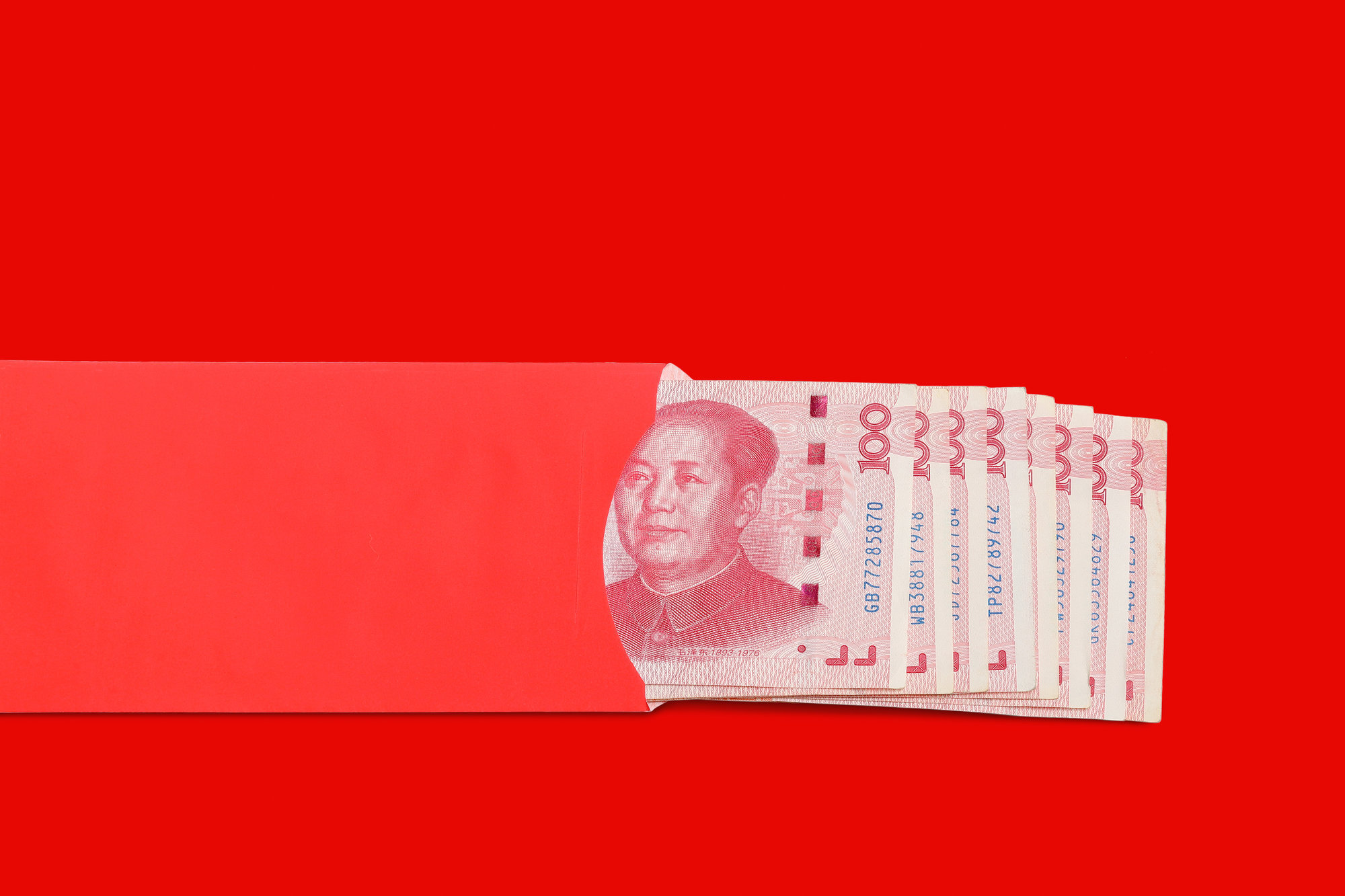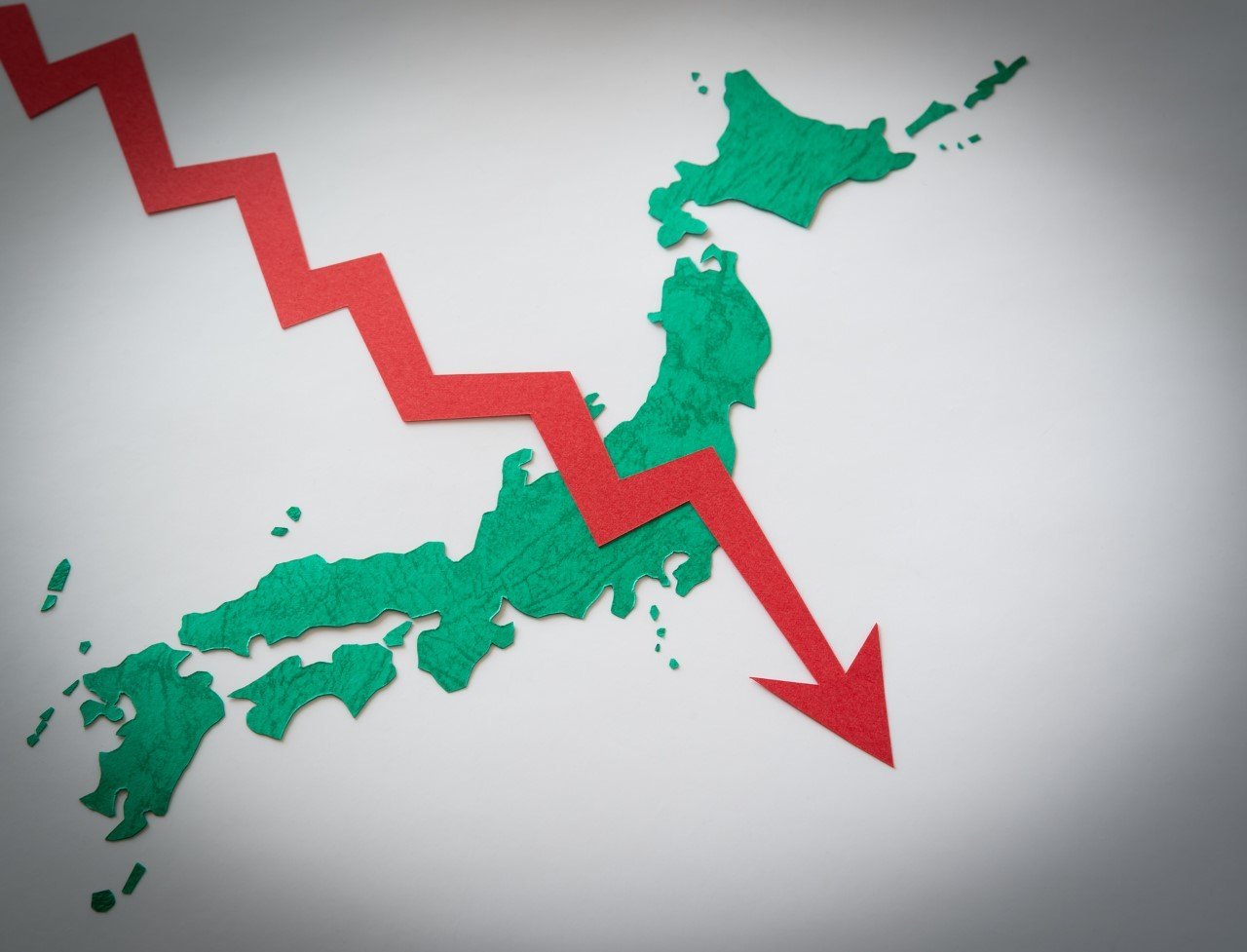2015/07/07
No. 215: Toshiaki Tachibanaki, "The Negative Effects of Disparities on Economic Growth"
Japan has long been thought a country of equality with no significant disparities in wealth and few people suffering from poverty. Arising in the 1980s, this myth has since been dispelled, and disparities in wealth have expanded as the number of impoverished citizens has risen.
According to OECD statistics, Japan's relative poverty rate is approximately 16%, placing it second only to the US among developed countries and rightfully earning it the designation of poor rich country. The relative poverty rate shows what percentage of a country's population suffers from poverty by essentially lining people up from low income to high income and defining as impoverished those persons whose income is less than 50% that of the person right in the middle of the ranking (the median income figure). Since national measurements are made using a common definition, this figure is a very reliable means of drawing international comparisons (the EU uses a threshold of 60% instead of 50%).
The fact that more than two million people now receive welfare, a figure on par with the number of destitute citizens in the immediate post-WWII era, further bolsters the case for Japan as a poor rich country and speaks to the seriousness of the problem.
Disparities can be discussed from three perspectives. The first, as illustrated in Thomas Piketty's "Capital in the Twenty-First Century," is how many rich people there are, the second is whether the disparity between high- and low-income earners has grown, and the third is how many indigent people there are. Japan is an unequal society from the second and third perspectives.
Why has the number of poor increased in Japan? One reason is that we are in an era of low growth. A second is that there has been a rise in the number of part-time and temporary workers who enjoy fewer benefits than full-time workers. A third is that Japan's social security system is still immature, and a fourth is that the minimum wage is low. Several policy recommendations are proposed. One is to reduce the difference between full-time workers and non full-time workers with respect to their hourly wages, and the other is to increase the minimum wage amount.
Prime Minister Abe has announced a variety of economic measures in attempting to achieve a viable economy, but a high economic growth rate is not possible until inequality is rectified. The OECD has studied circumstances in developed countries and demonstrated that a widening income gap lowers the economic growth rate, and thus Japan's growth strategy cannot succeed as long as this disparity remains uncorrected. Japan needs to take steps to close the income gap.
The most significantly adverse effect of this expansion in inequality for Japan is that children brought up in low-income or poor households are unable to receive they education they desire. A gap emerges between these children and children of affluent parents in university enrollment rates, and statistics clearly show low university enrollment rates among children from low-income households.
The inability of these children to receive university educations undermines equality of opportunity in Japan. Many go on to take low-paying jobs when they become adults, resulting in an intergenerational transfer of subnormal earning or poverty. An unequal society creates inequality of opportunity spanning generations. One policy instrument is to increase educational expenditures by the government in order to help households who have to pay large amounts of educational expenditures currently.
The decisions (and essentially the value judgments) that people make with regard to the disparate outcomes of income gaps are a manifestation of national character. The value judgements that the Japanese people are making thus merit further research.
Dr. TACHIBANAKI Toshiaki is a Visiting Professor, Kyoto Women's University and Professor Emeritus, Kyoto University. Among his authored works are The New Paradox for Japanese Women: Greater Choice, Greater Inequality, International House of Japan (2010) and Confronting Income Inequality in Japan: A Comparative Analysis of Causes, Consequences, and Reform, The MIT Press (2009)
The views expressed in this piece are the author's own and should not be attributed to The Association of Japanese Institutes of Strategic Studies.





